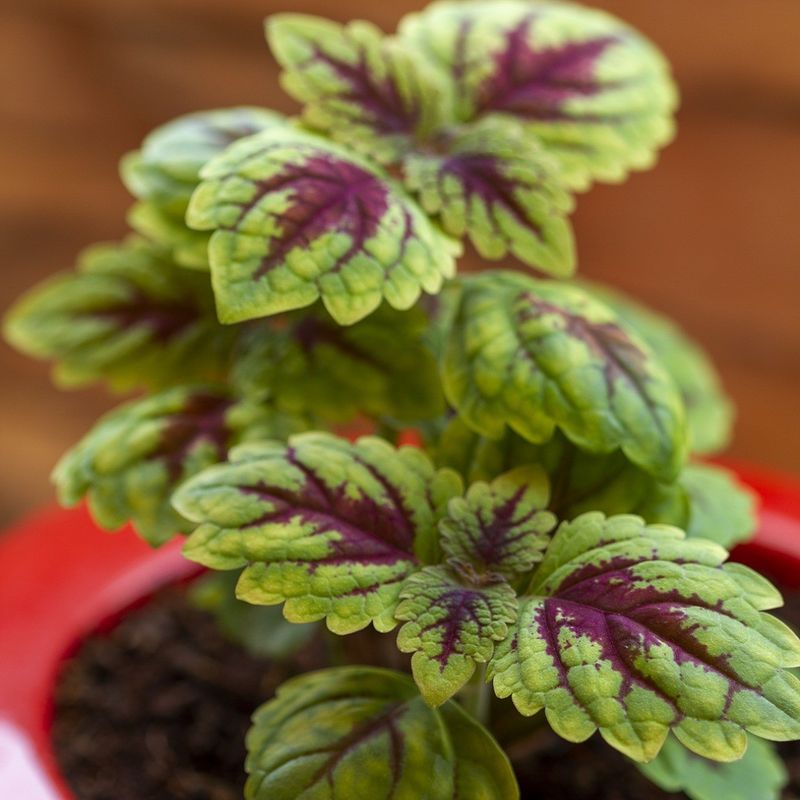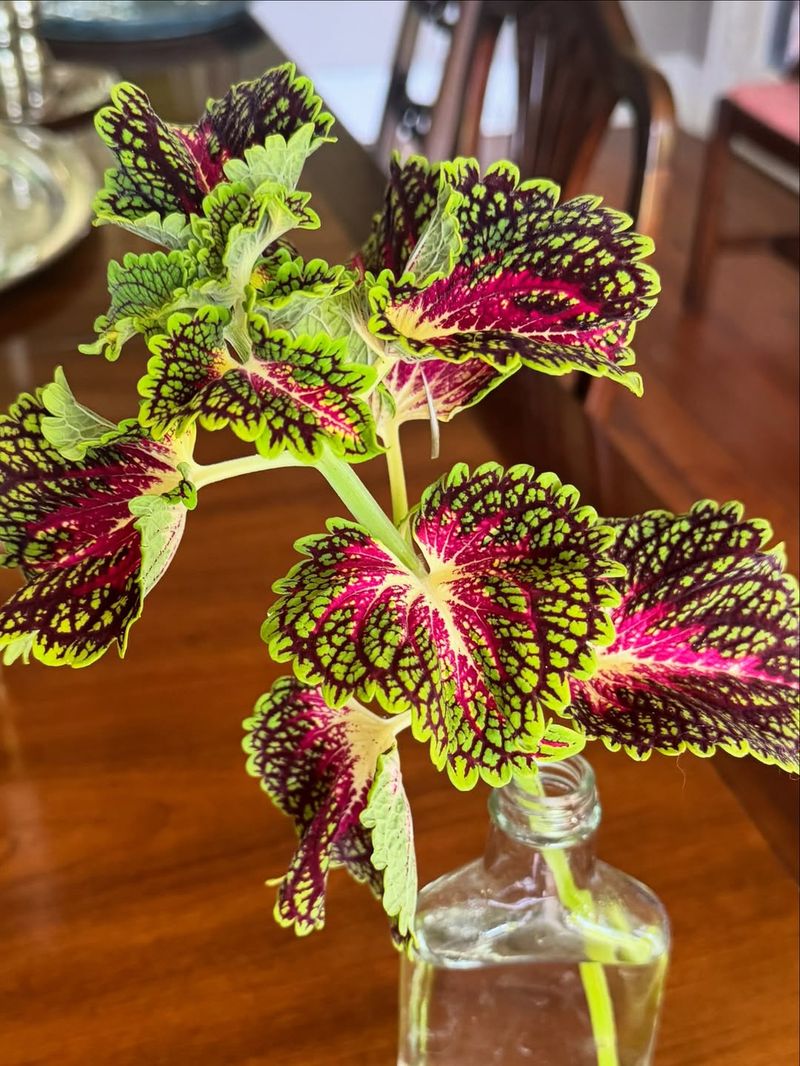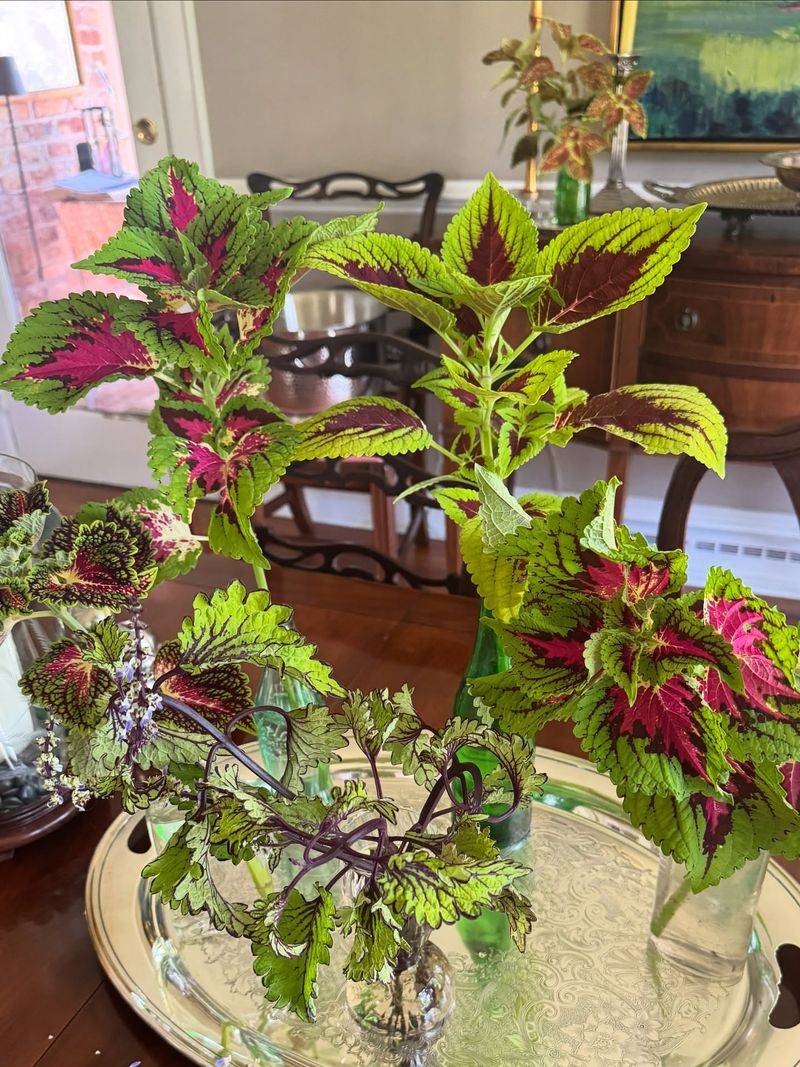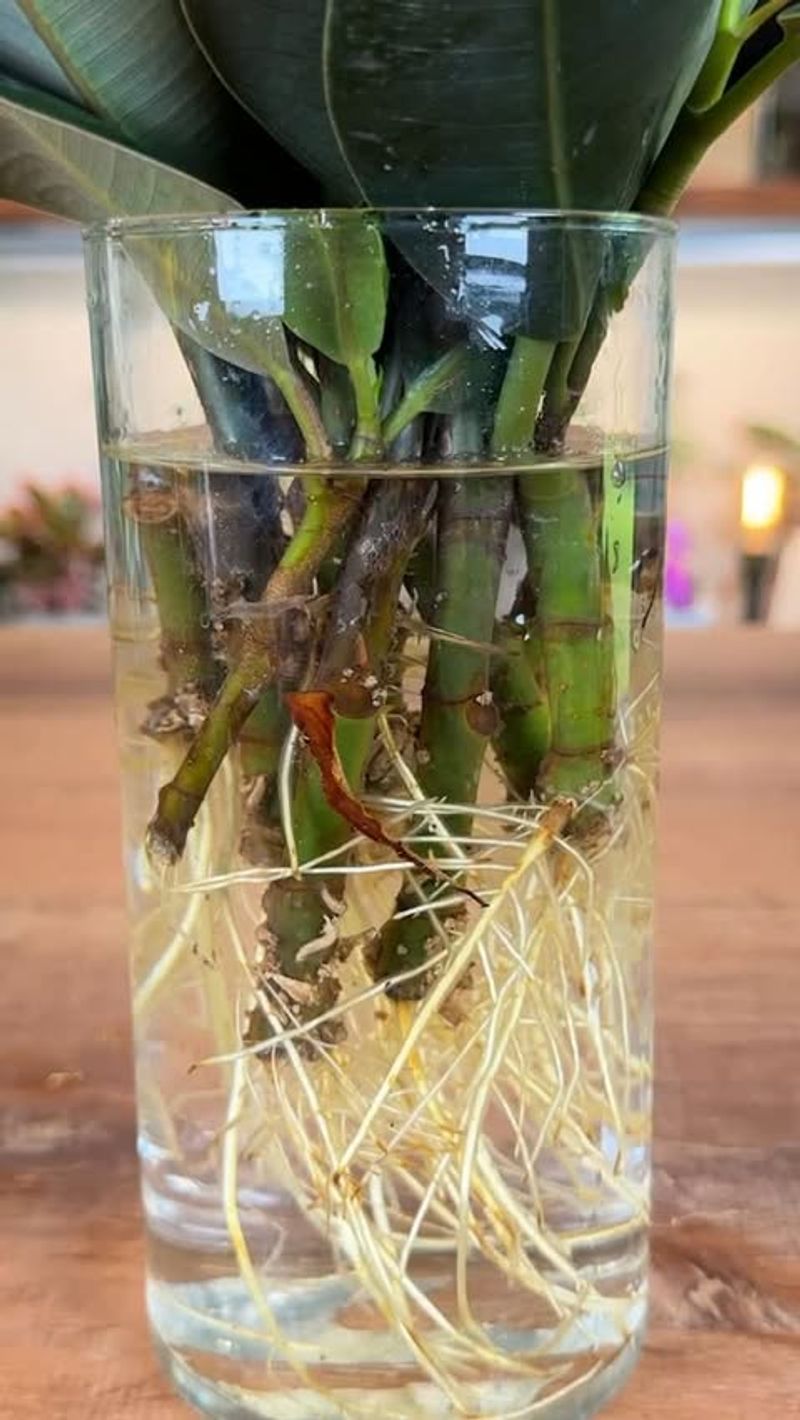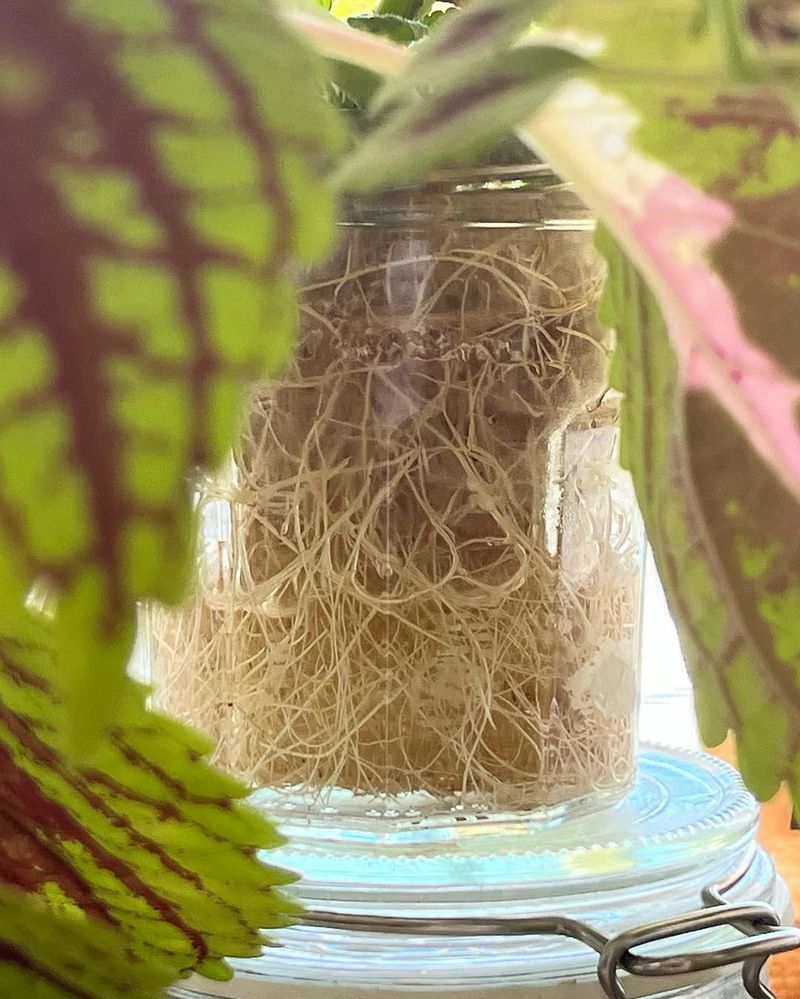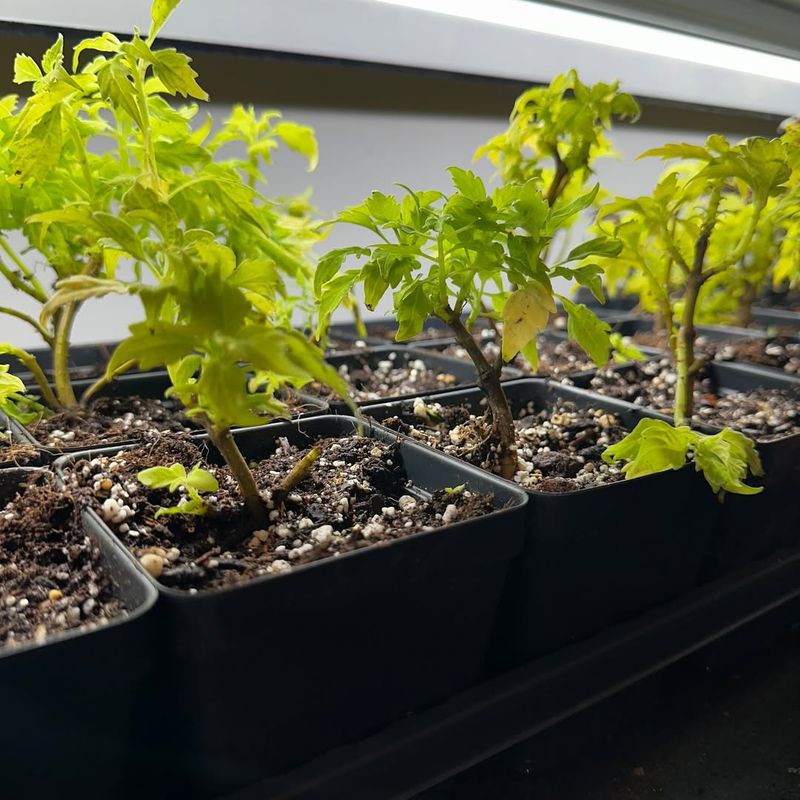When Michigan winter settles in, even the toughest shade plants can start waving the white flag. The vibrant leaves that once lit up your porch or garden bed often don’t stand a chance against freezing winds and short days.
But you don’t have to say goodbye to your favorites every fall. The secret to keeping that color alive is coleus propagation—turning one plant into a whole new lineup before the snow ever falls.
1. Select Healthy Stem Cuttings From Your Favorite Plants
Before the first frost arrives in Michigan, usually around late September or early October, walk through your garden and identify the healthiest coleus plants. Look for stems that are strong, disease-free, and showing vibrant leaf colors.
Choose stems that are about four to six inches long with several sets of leaves. Avoid any stems that look wilted, damaged, or have brown spots, as these won’t root well indoors.
The best time to take cuttings is in the morning when plants are fully hydrated and full of energy.
2. Make Clean Cuts Just Below A Leaf Node
Using sharp, clean scissors or pruning shears, make your cut at a 45-degree angle directly below a leaf node. A leaf node is the bumpy spot on the stem where leaves grow out.
Sharp tools create clean cuts that heal faster and reduce the risk of infection. Wipe your scissors with rubbing alcohol between cuts to prevent spreading any plant diseases.
Each cutting should have at least two or three leaf nodes, giving you multiple spots where roots can develop and grow strong.
3. Remove Lower Leaves And Prepare Your Cuttings
Gently pinch off the bottom two sets of leaves from each cutting, leaving the bare stem exposed. Removing these leaves is crucial because any foliage sitting in water will rot and contaminate your rooting environment.
Keep the top leaves intact since they’ll continue photosynthesizing and providing energy while roots develop. If the remaining leaves are very large, you can trim them in half to reduce water loss.
Handle the stems carefully to avoid bruising or damaging the delicate tissue that will soon produce roots.
4. Place Cuttings In Water Or Rooting Medium
Fill clean glass jars or containers with room-temperature water and place your prepared cuttings inside, making sure only the bare stems are submerged. Water propagation lets you watch the exciting root development happen right before your eyes!
Alternatively, you can stick cuttings directly into moist potting soil or vermiculite if you prefer. Both methods work well, though water rooting tends to be easier for beginners.
Position your containers in a bright spot with indirect sunlight, avoiding harsh Michigan afternoon sun that might scorch the tender leaves.
5. Change Water Weekly And Watch For Root Growth
Every five to seven days, dump out the old water and refill with fresh room-temperature water to keep oxygen levels high and prevent bacterial growth. Cloudy or slimy water is a sign you’ve waited too long between changes.
Within one to two weeks, you’ll notice tiny white bumps forming at the leaf nodes, which will quickly develop into roots. Once roots reach about one to two inches long, your cuttings are ready for potting.
During Michigan’s dark winter months, consider adding a small grow light to keep your cuttings happy and growing steadily.
6. Transplant Rooted Cuttings Into Pots For Winter Growth
Once your cuttings have developed strong root systems, carefully transplant them into small pots filled with quality potting mix. Make a hole in the soil with your finger, gently place the roots inside, and firm the soil around the stem.
Water thoroughly after planting and keep the soil consistently moist but not waterlogged for the first week. Place your potted coleus near a bright window or under grow lights where they’ll receive plenty of indirect light throughout winter.
By spring, you’ll have full-grown plants ready to move back outdoors after the last Michigan frost passes!


